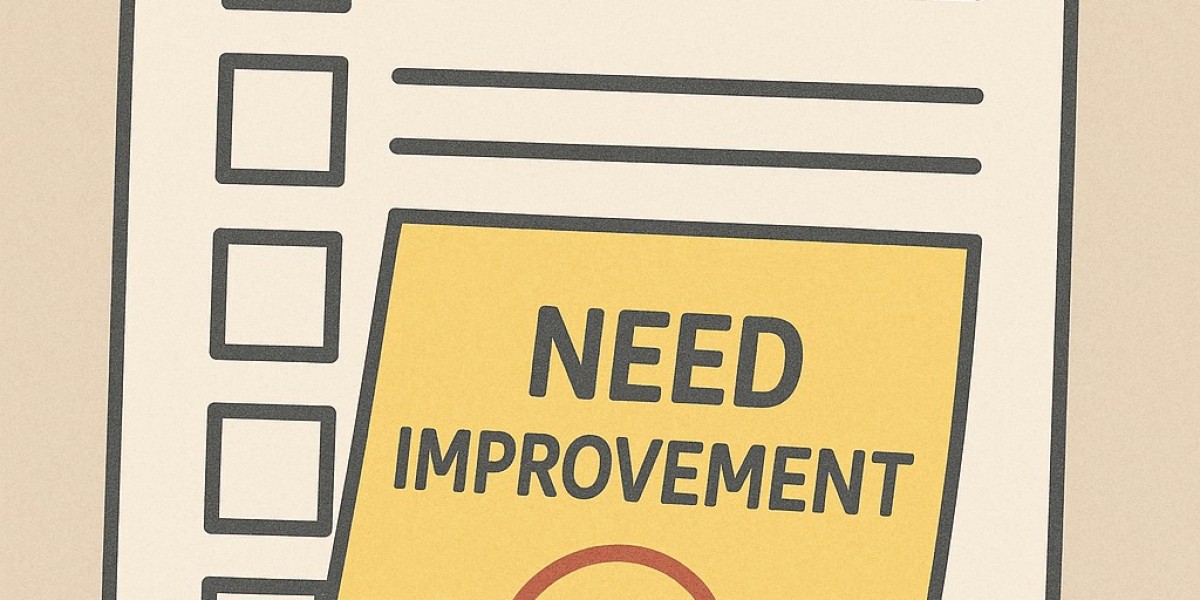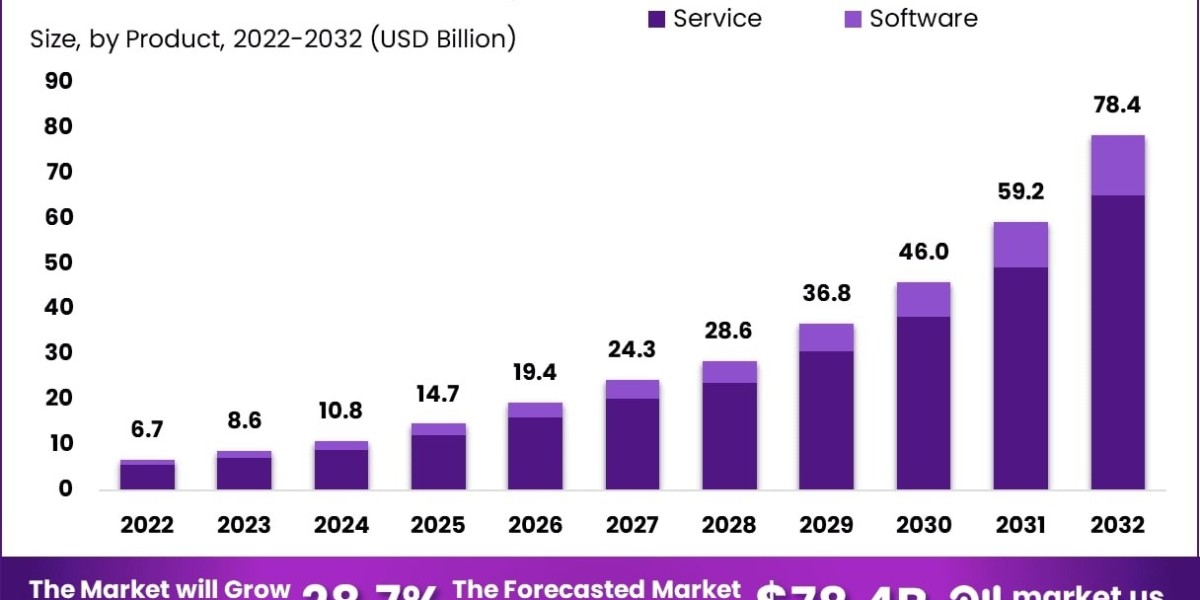The Global Neutropenia Treatment Market is set for steady growth in the coming years. It is projected to expand from USD 16.2 billion in 2024 to approximately USD 25.9 billion by 2034. This reflects a compound annual growth rate (CAGR) of 4.8% during the forecast period of 2025 to 2034. Neutropenia is a condition marked by low levels of neutrophils, which are essential white blood cells. Patients undergoing chemotherapy or with bone marrow disorders are most affected.
The treatment market is segmented into colony-stimulating factors, antifungals, antibiotics, and antivirals. Among these, colony-stimulating factors dominated the segment in 2024 with a significant market share of 51.8%. These agents are widely used to boost white blood cell production in patients receiving chemotherapy. Their continued use in cancer and infection management is expected to drive demand further throughout the forecast period.
Based on distribution channels, the market is divided into hospital pharmacies, online pharmacies, and retail pharmacies. Hospital pharmacies emerged as the leading channel in 2024, accounting for 57.6% of the total market share. This dominance is due to the critical nature of neutropenia treatments, which are often administered under close medical supervision in hospital settings.
Regionally, North America held the largest market share in 2024, contributing 39.9% to the global revenue. The region's advanced healthcare infrastructure, high awareness levels, and strong presence of key pharmaceutical companies support its leadership. Going forward, North America is expected to maintain its lead, with continued investments in cancer care and supportive therapies enhancing market growth.
Emerging Trends
- AI and Predictive Models in Risk Management: Hospitals and cancer centers are now using artificial intelligence (AI) to better predict which patients are likely to develop neutropenia during cancer treatment. These smart tools help doctors make safer and quicker decisions, especially for patients on chemotherapy.
- Same-Day Dosing with Growth Factors: In the past, patients had to wait a day after chemotherapy to receive growth factor support. Today, some growth factor drugs can be given on the same day as chemotherapy. This approach is becoming more common and helps simplify treatment schedules while keeping patients protected.
- Approval of Long-Acting G-CSF Medications: New long-acting medications are being approved to treat chemotherapy-induced neutropenia. These drugs require fewer injections and make it easier for patients to stay on track with treatment. They also help maintain healthy white blood cell counts over a longer period.
- Oral Treatments for Chronic Neutropenia: A new class of oral medications is under development for patients who live with chronic or genetic forms of neutropenia. These pills aim to reduce the number of infections and improve long-term immune health. Some of these therapies have received fast-track approval from health authorities.








